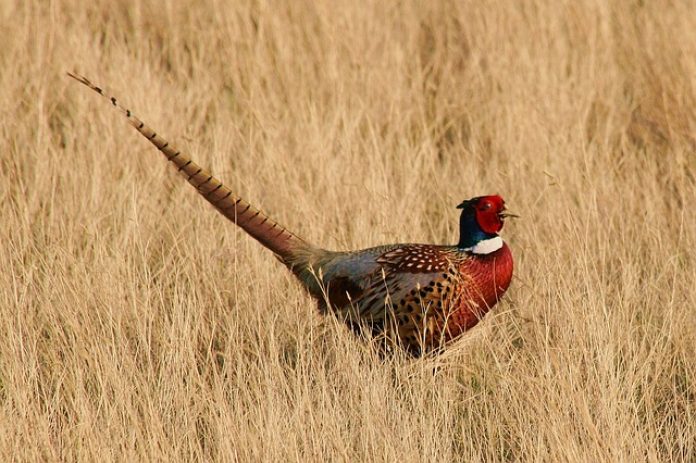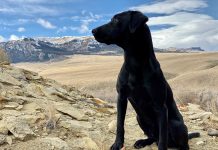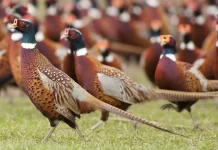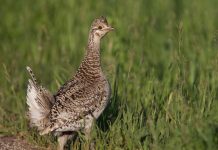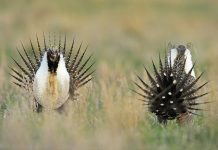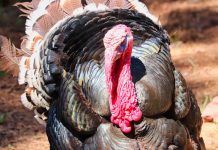I grew up in eastern Nebraska and a tradition every fall was always a pheasant hunt. A chicken-sized bird with the flavor greater then any chicken you could buy at the store. What I have learned about pheasants is that they are a species of habit and like any other species they rely on habitat. Pheasants thrive on tall to mid-length prairie grass surrounded by agricultural fields. Pheasants love grain crops such as corn, wheat, and milo. Areas with prime pheasant habitat include northwest Iowa, Kansas, Nebraska, and of course South Dakota. Many of these states have walk-in areas or CRP (Conservation Reserve Program) that are open to hunting. The CRP program areas produce high-quality habitat for pheasants.
When looking for a field to hunt, look for grass about stomach height with edges of grain crops. If the grass is over your head you will have a hard time seeing flushing birds. If the grass is too short the birds will not feel safe and will flush early or will avoid the field entirely. Pheasants move in the grass often before flushing for a shot. If the grass is too thick birds will avoid it because they cannot move through it. Wheat or milo stubble fields are a great place to look for mid-day feeding birds. Pheasants generally use grass fields to bed in and move to the grain fields during mid-day to feed.
A key to pheasant hunting is to have blockers or people at the end of the field. It almost seems the birds have a sixth sense and will hold up in front of the blockers and once the drivers or walkers get within a hundred yards of the blockers they will flush giving the drivers and flushers a shot. Blockers will often keep pressured birds from flying early out of shooting range.
In my opinion, dogs are important in pheasant hunting. The birds often hold tight and a dog or stepping right on them is the only way to get them up. Especially when the weather is cold any dog with a good nose for birds will work just fine. The birds are often hearty and will run when wounded. A wounded pheasant will run at an amazing speed or will burrow themselves under grass where they will never be found so having a dog is always handy.
My favorite load for a pheasant is 12 gauge 2 3/4” 5 or 6 shot lead with a modified choke. This helps with a clean hit or miss on the bird. Tree rows and brushy thickets are often a great place to look for birds primarily evergreen. Especially in late season, the birds will use the thermal cover of the trees to stay warm. The most ideal place to find pheasants is a property with good grass, tree rows, and edges of grain crops.


